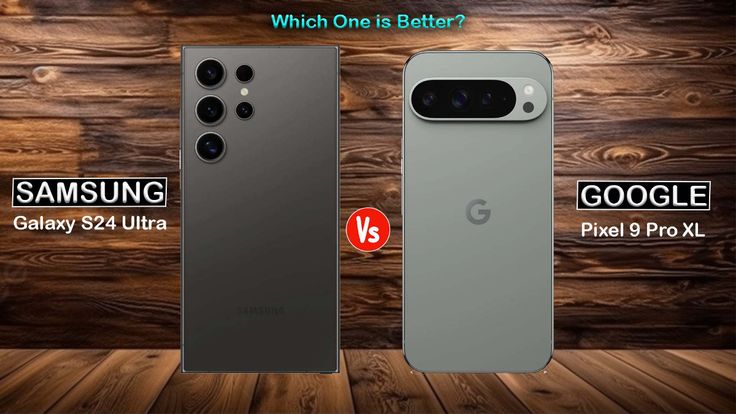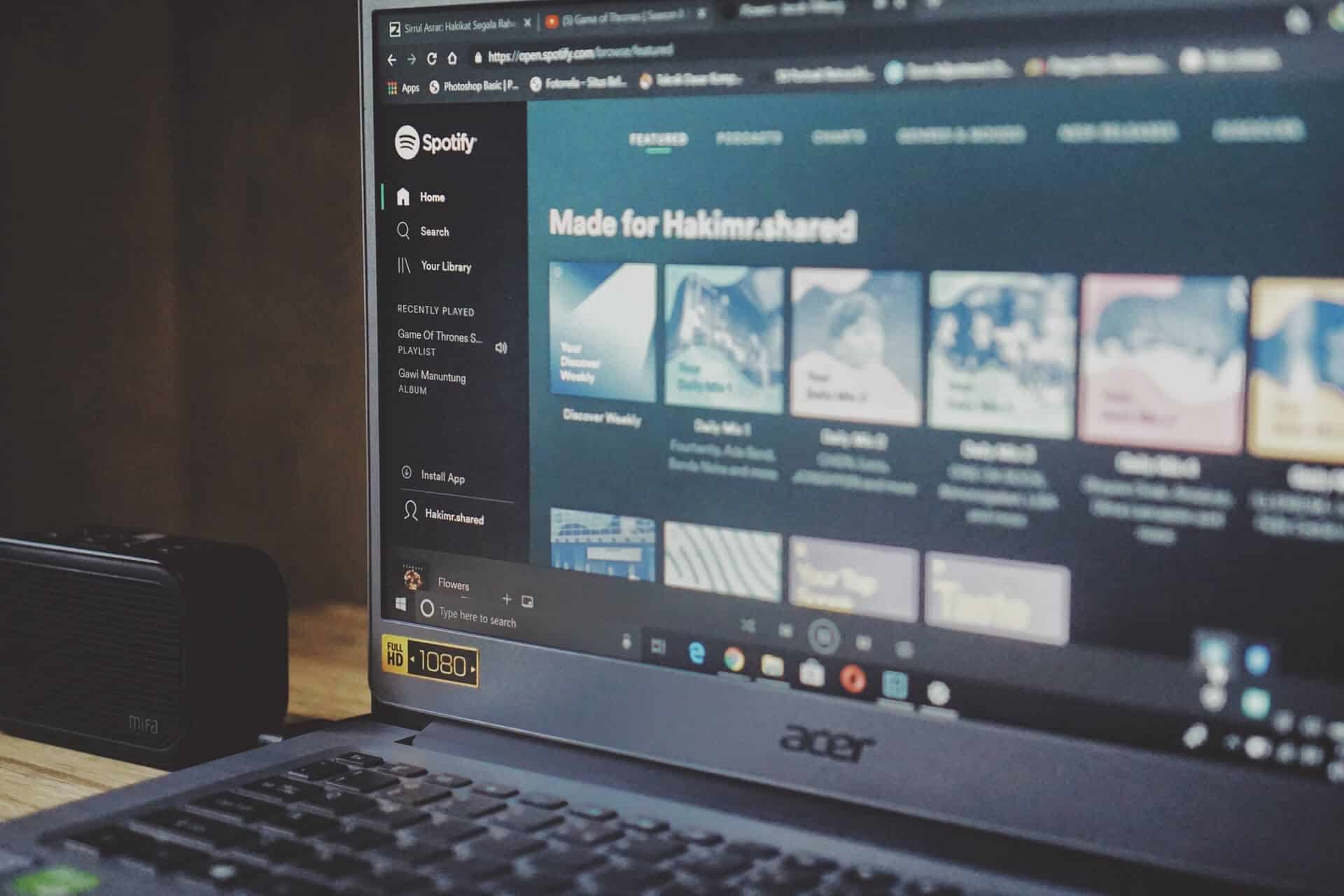The Google Pixel 9 Pro and Samsung Galaxy S24 Ultra are the latest flagship smartphones, both raising the bar for mobile photography in 2025. While both devices push boundaries in camera hardware and software, they cater to slightly different user needs. Here’s a head-to-head comparison of their camera systems and features to help you decide which is better for you.
Camera Specs Comparison
| Feature | Google Pixel 9 Pro | Samsung Galaxy S24 Ultra |
|---|---|---|
| Main Camera | 50 MP wide (f/1.65) + 48 MP ultrawide + 48 MP telephoto | 200 MP wide (f/1.7) + 12 MP ultrawide + 10 MP telephoto (3x optical zoom) + 10 MP telephoto (10x optical zoom) |
| Selfie Camera | 12 MP (f/2.0) | 12 MP (f/2.2) |
| Zoom Capabilities | 30x Super Res Zoom | Optical zoom up to 10x, digital zoom up to 120x |
| Video Recording | 4K at 30/60fps, ProRes video support | 8K at 30fps, 4K at 30/60fps, 1080p at 30/60/240fps |
| Additional Features | AI-driven Magic Editor, Night Sight | Expert RAW, Astro Hyperlapse, enhanced Space Zoom |
Pixel 9 Pro: AI and Software-Driven Excellence
The Pixel 9 Pro continues Google’s tradition of leveraging AI to deliver stunning photos. Its 50 MP main sensor, enhanced ultrawide, and telephoto lenses work seamlessly with Google’s computational photography algorithms to produce vibrant and lifelike images.
Strengths:
- AI-Enhanced Features: Tools like Magic Editor and Best Take simplify editing and enhance creativity.
- Low-Light Performance: Night Sight remains a gold standard for capturing detailed photos in the darkest settings.
- HDR+ Optimization: Superior high dynamic range for balanced exposure in challenging lighting.
Limitations:
- Zoom Range: While the 30x Super Res Zoom is impressive, it doesn’t match the S24 Ultra’s optical zoom capabilities.
- Video Features: Limited to 4K recording, compared to Samsung’s 8K option.
Galaxy S24 Ultra: The Zoom and Resolution King
Samsung’s Galaxy S24 Ultra features a groundbreaking 200 MP main sensor and powerful zoom capabilities, making it the go-to choice for detail-oriented photographers and videographers. Its dual telephoto lenses (3x and 10x optical zoom) add unmatched versatility.
Strengths:
- Zoom Performance: 10x optical and 120x Space Zoom make it unbeatable for capturing distant subjects.
- Resolution and Detail: The 200 MP sensor produces crisp, high-resolution images for cropping or large-scale prints.
- Pro-Grade Video: Supports 8K recording and features like Astro Hyperlapse for creative videography.
Limitations:
- AI Processing: Samsung’s post-processing sometimes oversaturates colors, which may not suit purists.
- Low-Light Shots: While excellent, it slightly lags behind the Pixel 9 Pro’s Night Sight in extreme darkness.
Feature-by-Feature Comparison
- Daylight Photography:
- Winner: S24 Ultra for sharper details and higher resolution.
- The Pixel 9 Pro still excels with accurate colors and natural lighting.
- Low-Light Photography:
- Winner: Pixel 9 Pro for its superior Night Sight and noise reduction.
- Zoom Capabilities:
- Winner: S24 Ultra with its 10x optical zoom and 120x Space Zoom, ideal for capturing far-off subjects.
- Video Recording:
- Winner: S24 Ultra for 8K recording and advanced stabilization options.
- AI Features and Software:
- Winner: Pixel 9 Pro with Magic Editor, Best Take, and refined computational photography.
Verdict: Which Camera Is Better?
- Choose the Google Pixel 9 Pro if:
You value AI-driven features, exceptional low-light performance, and a simpler photography experience. It’s perfect for everyday users who want stunning photos with minimal effort. - Choose the Samsung Galaxy S24 Ultra if:
You need professional-grade resolution, unbeatable zoom capabilities, and advanced video recording features. It’s ideal for photographers and videographers looking for versatility and power.
Conclusion
Both phones deliver outstanding photography experiences, but their strengths cater to different audiences. The Pixel 9 Pro leads in AI and low-light photography, while the Galaxy S24 Ultra dominates in zoom and resolution.
Which one suits your photography style? Let us know in the comments!




